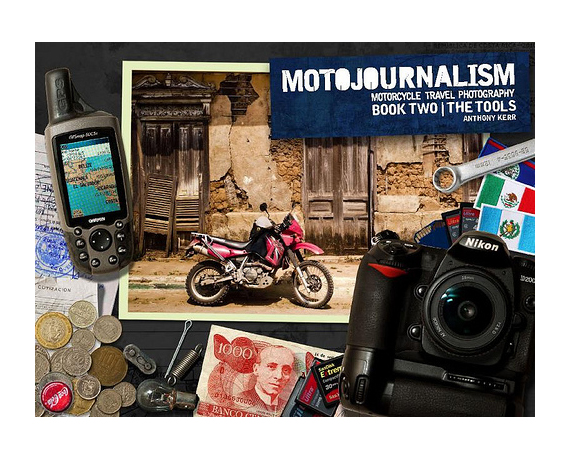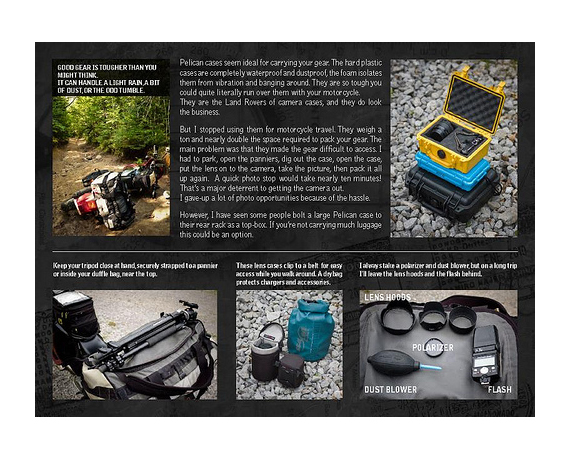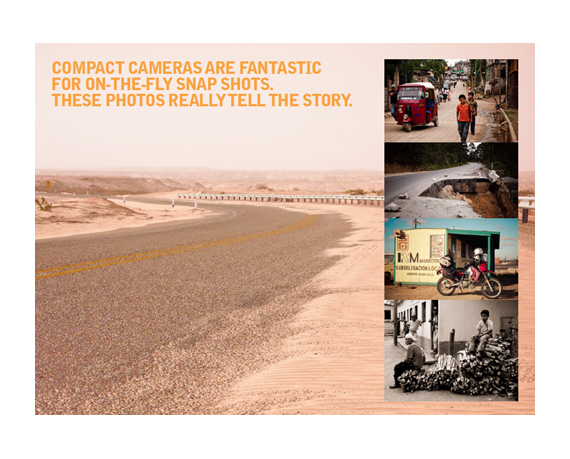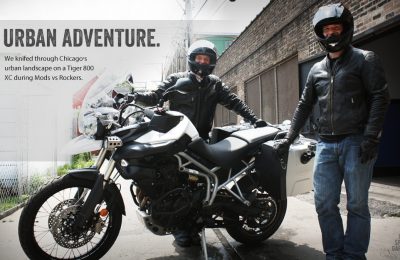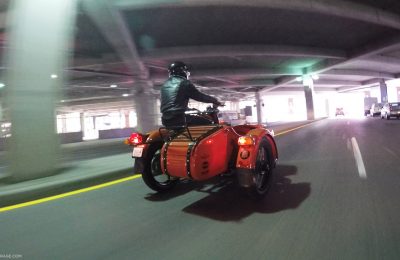Motorcycle Travel Photography E-Books by Anthony Kerr
As motojournalists, our goal is to creatively capture a scene with photographs that tell a story or add visual impact to a written piece. During motorcycle events and adventures, it can be a challenge to adjust for varying light, lock in a solid composition or fiddle with camera controls. There are many how-tos, articles, blogs and videos available to aspiring photogs, but a special e-book surfaced with a moto-centric approach that we had to check out. It’s called, “Motojournalism Book Two – The Tools” by Anthony Kerr of MotoJournalism.com. It’s a cut-to-the-chase explanation of photography basics with advice on how to roll with the punches out in the field. Anthony shows how he chooses, packs and operates his camera equipment, while addressing manual mode adjustments, aperture, shutter-speed, ISO, exposure compensation and more.
We want our viewers to experience the scene, feel the heat, hear the engines, smell the fumes or laugh along with the subjects. If you want the same for your ride reports, moto-blogs or articles, this 49-page guide will help you stay on your toes and produce more keepers.
The design and layout of the pages are slick and we’re betting that the examples of Anthony’s work are gonna inspire you. Got a trip to the mountains planned? Moab on the calendar? You’ll be able to apply the principles of “Book Two” and shoot with confidence.
Anthony relates learning how to ride a motorcycle to learning how to use a camera:
“You had to consciously consider using one toe for the shifter, one for the rear brake. One hand for the throttle and front brake, the other for the clutch. Arms to steer, body to balance. That’s a hell of a lot of things to coordinate! Eventually it became natural, we react to a given situation, constantly adjusting the controls to the right settings, balancing our body position to bring it all together.
It’s no different working with a camera. Our main controls are aperture, shutter speed, ISO, lens/camera choice and camera position. That is lot of things to coordinate, but with practice you’ll react naturally to the situation…”
He advises keeping a compact digital camera handy to supplement your effort, allowing you to shoot from the seat without removing your helmet, “Some of the best photos of a motorcycle trip aren’t beautiful photos that you’d hang on your wall, but snapshots that tell an incredible story.”
We jumped straight to Book Two first, but you should consider Motojournalism Book One – The Foundation for less equipment-focused guidance on photographic techniques. It’ll help you avoid common pitfalls and steer you toward great, memorable pics. If you’ve found yourself showing photos to your buddy saying, “it’s steeper than it looks” or “the photo doesn’t do the place justice,” Book One will surely help.
Click here to learn more about Anthony Kerr and his world of Motojournalism.

